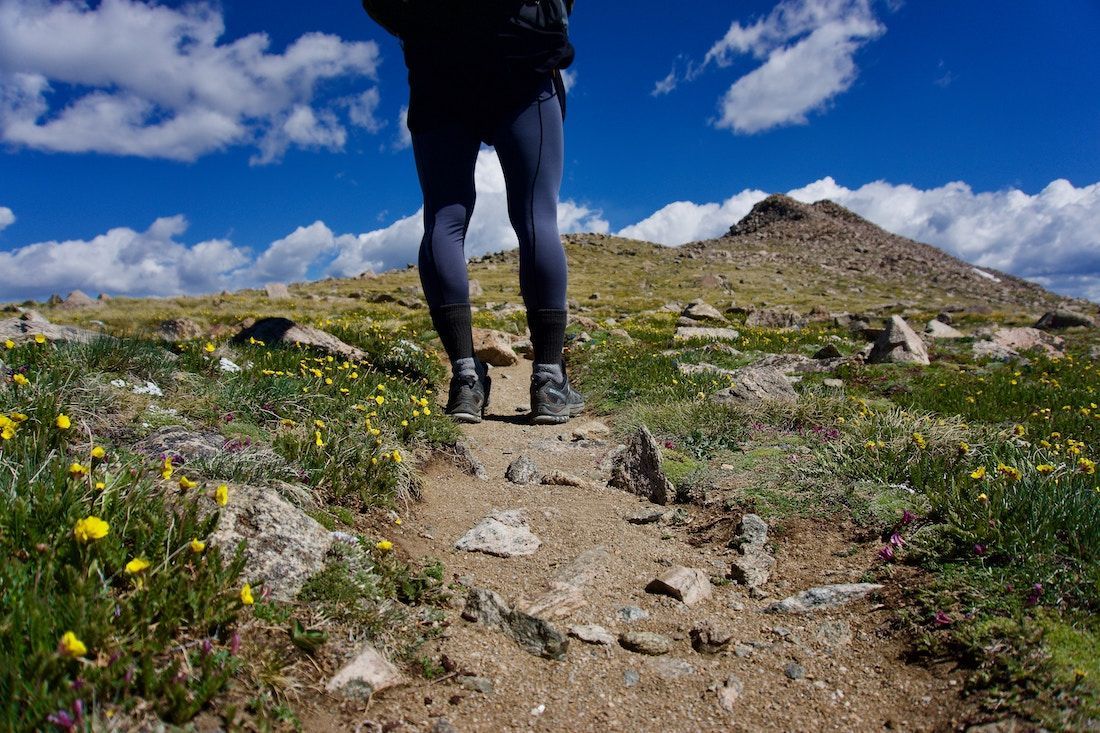Enjoying Outside, Inside - Connecting to nature, without putting extra effort in

Finding ways to connect with nature can be difficult. Adding in podcasts can be a great way to listen, laugh, or learn about the outdoors in a way you haven’t experienced before. Hearing the stories of others broadens your own experiences, and might just give you that extra boost you need to restart your outdoor adventures (just so you know, Tuleyome has guided hikes) or sustainability practices.
If your first reaction is that you don’t have the time to listen to podcasts, you’re not alone. There is a good chance, however, that with a little digging you might find those key extra minutes. Pro-tips: you can multitask while listening to podcasts, and you can listen to a podcast over a series of listening sessions. Additionally, many podcasts do not have the means to support major publishing timelines, and will only come out with an episode every week or two weeks- so there is minimal pressure on podcast listening deadlines.
We have compiled a list of some podcasts available on major streaming platforms that might be to your liking. Take a look through our quick descriptions, and if you spot a few podcasts you think are interesting, check them out to see if they might be right for you. If you looked through this list and aren’t feeling it, definitely take a moment to do a little search of your own- the podcast possibilities are endless. Happy listening!
The Dirtbag Diaries - Started in 2007, covers a variety of stories outside of hiking (climbing, mountaineering, rafting, paragliding, etc).
BBC Radio 4: Costing the Earth - A look at how humans impact the environment and how earth reacts.
The Park Leader Show - Behind the scenes look at those who manage National Parks.
The Field Guides - A thoughtful and light podcast on the history and science of North American wildlife.
The Mongabay Newscast - Widely popular conservation and environmental news.
MtnMeister - Hiking mixed with amateur psychology.
HumaNature Podcast - Stories and tales from when humans and nature meet by Wyoming Public Media. Dark at times.
National Parks After Dark - True crime podcast about events that take place across different National Parks.
Sustainability Defined Podcast - Each episode focuses on a different, singular topic to help push sustainability work forward.
Outside - From the brand Outside, integrates well researched elements of culture, politics, history, and the arts.
Backpacker Radio - Honest stories, lessons, and advice from various backpackers and through hikers.
-Michae Fennell; mfennell@tuleyome.org
Tuleyome Engagement and Advocacy Intern
RECENT ARTICLES






